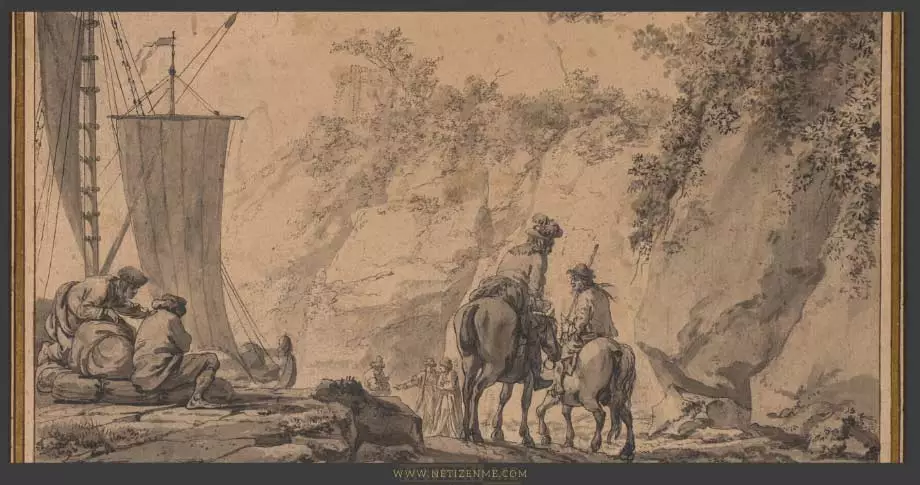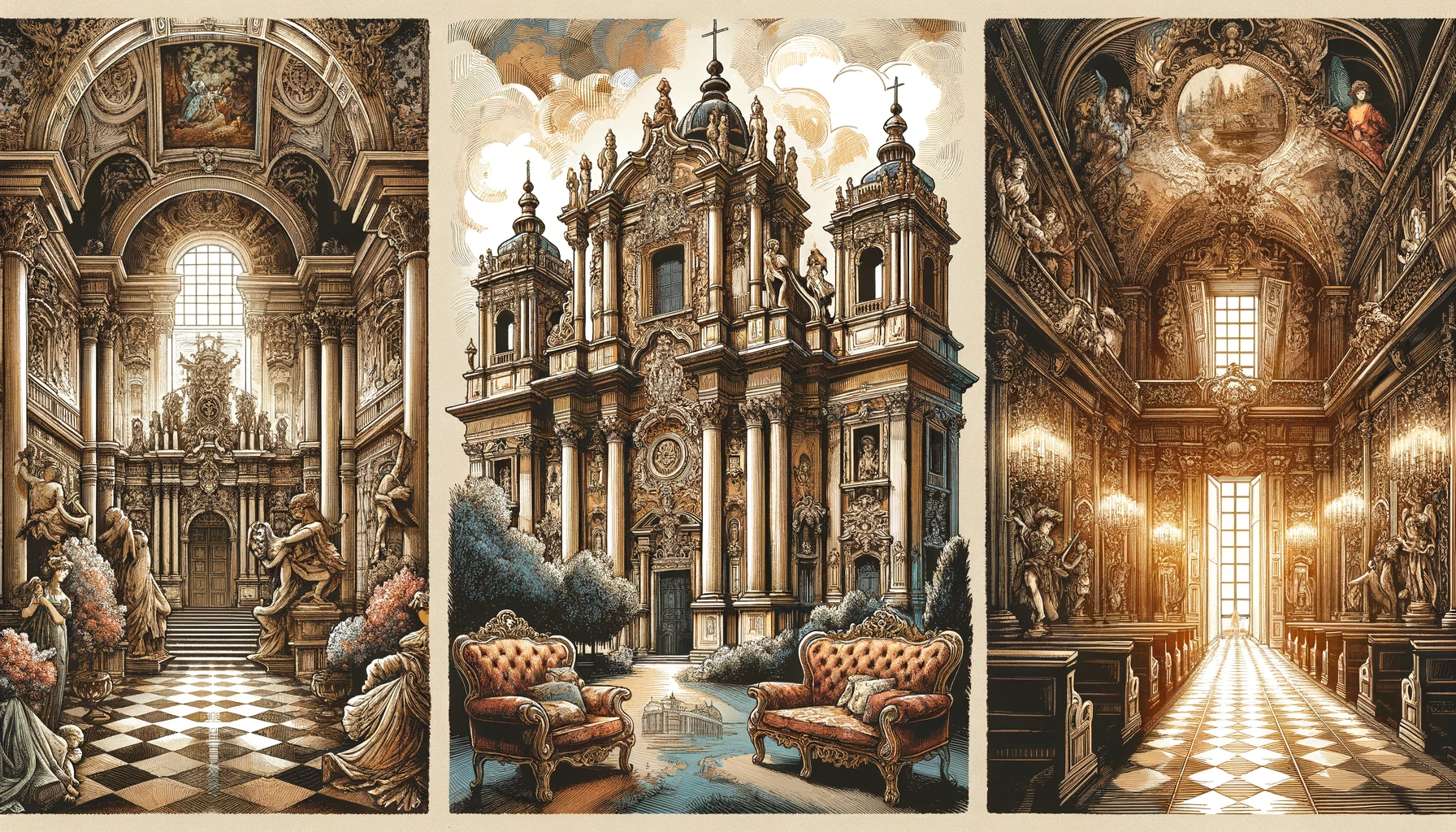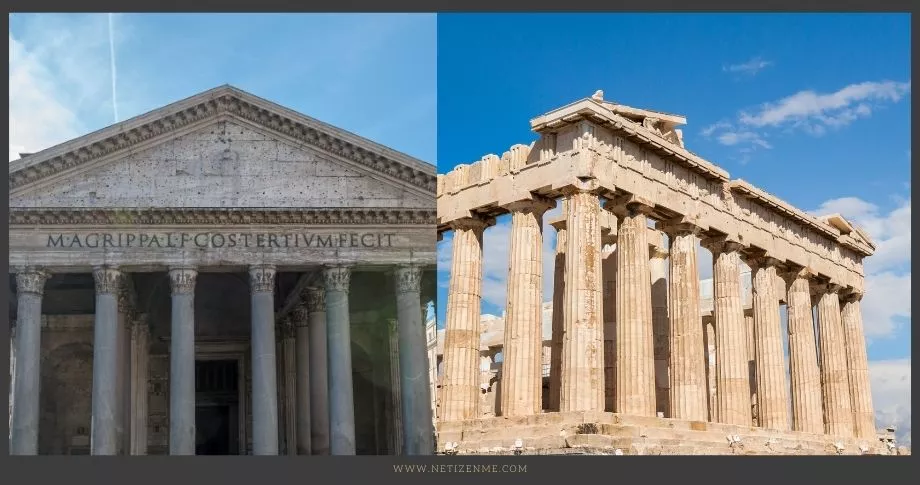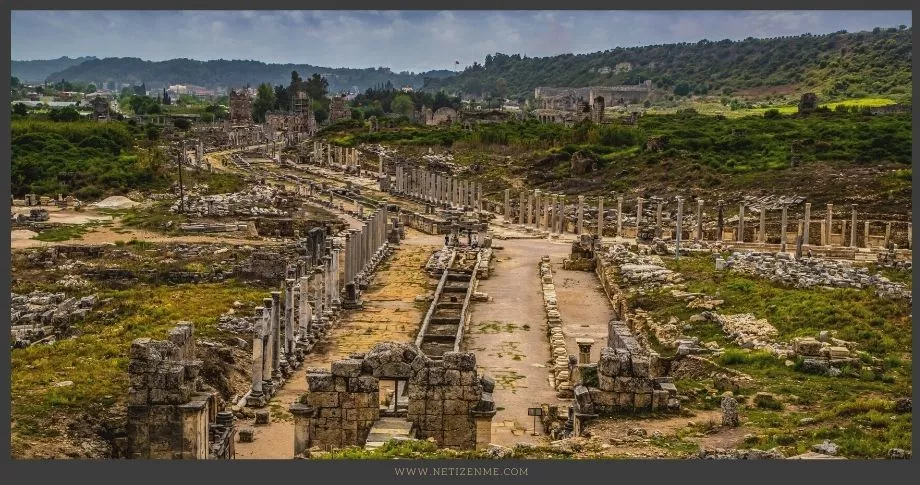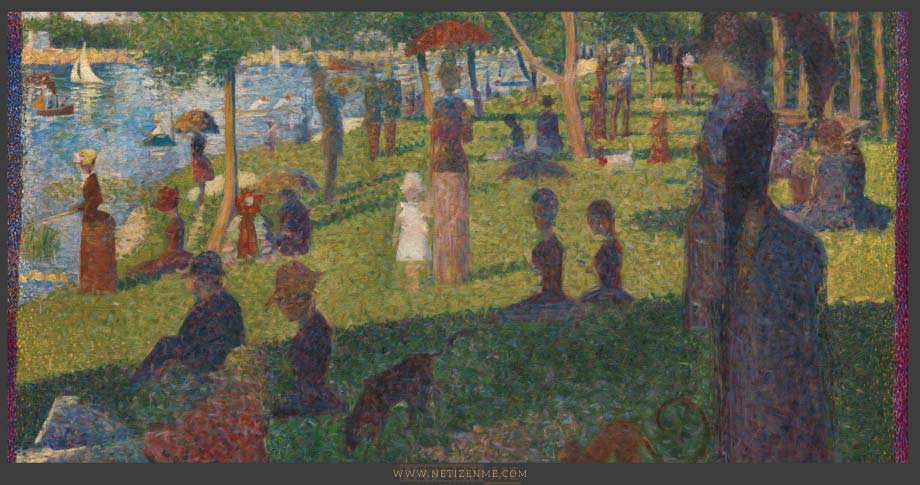The 18th-century literary landscape witnessed a profound shift from the rational and orderly principles of Neoclassicism to the emotive and individualistic tendencies of Romanticism. How are neoclassical writers different from romanticism? Two prominent figures of Neoclassical literature, Alexander Pope and Jonathan Swift, stand in stark contrast to the Romantic poet William Wordsworth. This essay explores the distinctions between Neoclassical and Romantic writing through an analysis of language, plot, themes, and other elements present in the works of these three influential authors.
Neoclassicism vs. Romanticism: A Comparative Analysis of Pope, Swift, and Wordsworth
Neoclassical Authors: Alexander Pope and Jonathan Swift
Language:
Neoclassical writers, including Pope and Swift, adhered to a precise and formal language style. Their works often demonstrated clarity, wit, and a preference for reasoned argumentation. In Pope’s “The Rape of the Lock,” for instance, the use of heroic couplets reflects a structured and polished language that aligns with Neoclassical ideals. Similarly, Swift’s satirical masterpiece, “Gulliver’s Travels,” employs a controlled language to convey its moral and social critiques.
Plot:
Neoclassical plots were characterized by a focus on reason, morality, and social norms. Pope’s “The Rape of the Lock” is a mock epic that satirizes the triviality of social conflicts through a fantastical narrative. Swift’s “Gulliver’s Travels” follows Lemuel Gulliver’s voyages, using them as a vehicle to satirize human nature and societal flaws. In both cases, the plots are driven by moral and didactic intentions, emphasizing the Neoclassical emphasis on reason and order.
Themes:
Neoclassicism favored themes rooted in reason, decorum, and the imitation of classical models. Pope’s poetry often delved into moral and philosophical reflections, emphasizing the importance of reason in navigating the complexities of life. Swift’s satire tackled political and societal issues, employing allegory and satire to convey moral lessons. Both authors shared a commitment to didacticism, aiming to instruct and entertain while upholding moral virtues.
Romantic Author: William Wordsworth
Language:
In contrast to Neoclassicism, Romanticism celebrated emotion, spontaneity, and individual expression. Wordsworth‘s language in poems like “Lines Composed a Few Miles Above Tintern Abbey” exhibits a more emotive and personal tone. The use of vivid imagery and subjective experiences departs from the formal and controlled language of Neoclassical writers.
Plot:
Romantic plots often centered on individual experiences, emotions, and the sublime aspects of nature. Wordsworth’s “Tintern Abbey” reflects this shift, as the poem recounts the poet’s personal reflections on the transformative power of nature and memory. The plot is introspective, focusing on the poet’s emotional responses and connection to the natural world.
Themes:
Romanticism explored themes such as nature, individualism, and the supernatural. Wordsworth’s poetry frequently celebrated nature as a source of inspiration and spiritual renewal. “Tintern Abbey” contemplates the restorative influence of nature on the human soul, embodying the Romantic fascination with the sublime and the transcendent.
how are neoclassical writers different from romanticism?
In summary, the Neoclassical writers Pope and Swift, with their emphasis on reason, moral didacticism, and formal language, stand in contrast to the Romantic poet Wordsworth, who embraced emotion, individualism, and the sublime in his works. The evolution from Neoclassicism to Romanticism marked a transformative period in literary history, reflecting broader shifts in cultural and philosophical perspectives. Analyzing the distinct language, plot structures, and thematic preoccupations of these authors provides valuable insights into the contrasting principles that define Neoclassicism and Romanticism.
How Neoclassicism and Romantic Art Styles Impact the Viewer
This article is written by:
Our professional writers and editors are passionate about sharing high-quality information and insights with our audience. We conduct diligent research, maintain fact-checking protocols, and prioritize accuracy and integrity to the best of our capacity.
You can cite our articles under the author name "Netizenme"
